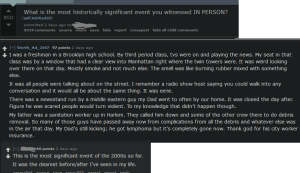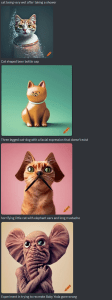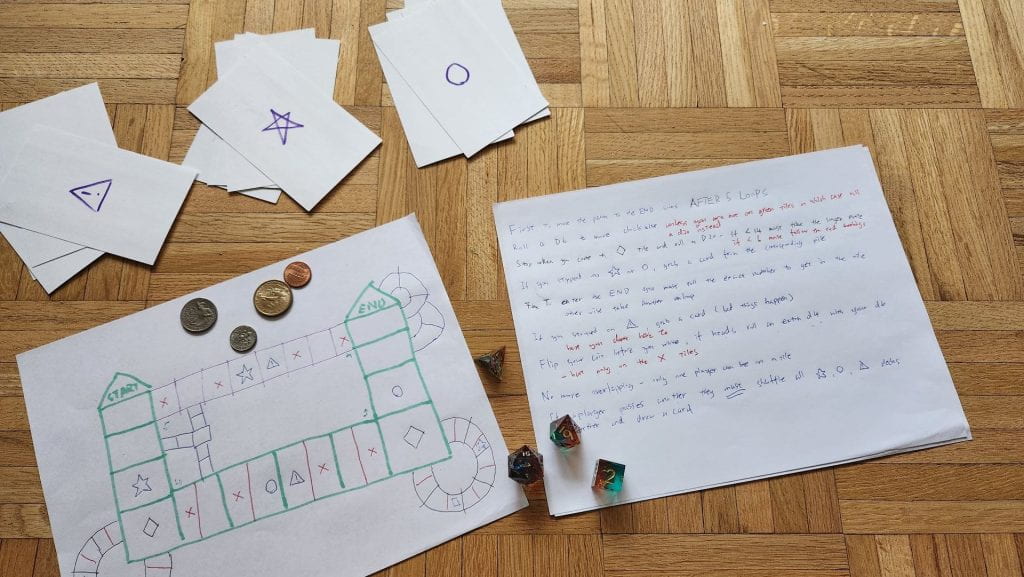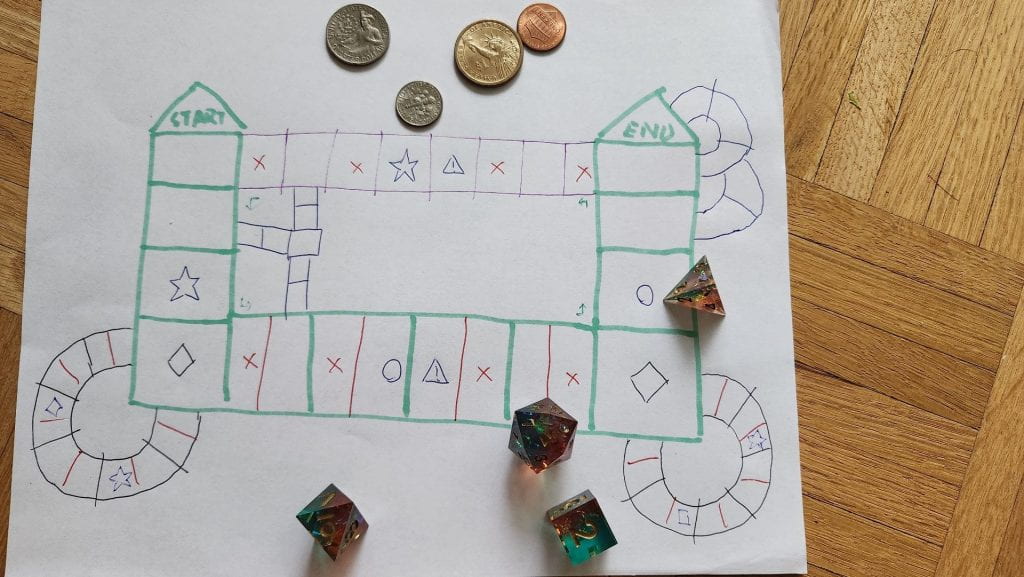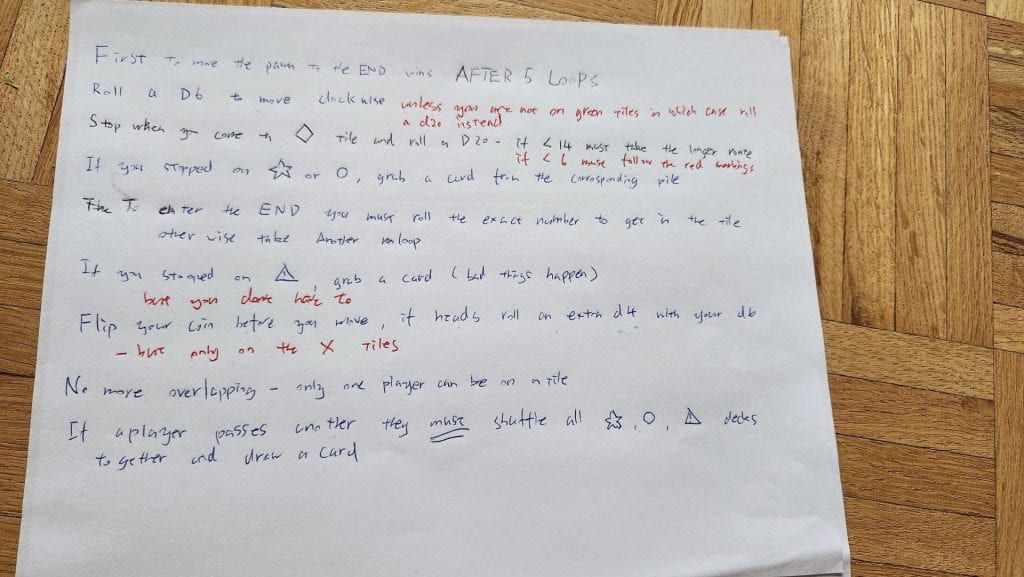Artist’s Statement
I have always had the habit of daydreaming random made up fantasy scenarios, to the point I would consider those made up scenarios a small part of my identity. Therefore I wanted to create an experience where this process is visualised. daydream is a text and image based narrative adventure game/visual story aimed to recreate this experience. The game is made up of a series of unrelated short stories/scenarios that the player jumps between randomly. It is slow paced, has no ending, with the “goal” being to simply experience the stories.
Some aspects of daydream can be considered to be appropriation, as a significant amount of my daydream scenarios are heavily influenced by the media I consume, especially in the emotions they made me feel, and the immersion I felt while reading/watching/playing/listening into those made up fantastic worlds and the stories that happen within them. These influences are reflected in both the writing and artwork, where I included small bits of paraphrased lyrics and titles of my favorite songs; and that my art style is very draws heavy inspiration from backgrounds and scenery of anime and movies made by Studio Ghibli, Kyoto Animation and Shinkai Makoto. Of course, my creative inspirations is only part of the game, the main theme I’m trying to capture here is my creative process: jumping to and from very different ideas, trying to capture them before they slip my mind. I also tried to vaguely depict some of my artistic frustrations and general regrets in some of the stories, as well as my hopes to growth as an artist.
One more thing I tried to convey with daydream through the writing and artwork is a general atmosphere or “vibe” of peace, calmness and tranquility, both as a personal preference of storytelling, but also to create break from the chaotic and extremely fast paced real world with this game. Additionally, I also wanted to convey a sense of slight sense of somberness and melancholy in most of the short stories, but also to instill a concrete ambience of hope, in a “brighter days are ahead” kind of way. I think I did this both because of my narrative preference, but also because I feel like the real world has been harsh and depressing, but media and creative outlets such as creating art offers an escape and makes me feel healed. While I am unsure if I can get these feelings across with the game, as it is quite possible for players to feel bored given the slow pacing of the game, I do still think daydream can resonate with certain players.
Finally, I want to present a lyric from a song by my favorite artist: Get Your Wish by Porter Robinson
The work that stirred your soul
You can make for someone else
I hope daydream and the other games and artwork I will make in the future can inspire others to create art, just like how I was inspired to daydream, to create worlds and tell stories of my own.
Documentation
Sample gameplay video:
Credits and Game Download
Game engine: Twine 2
Writing and artwork: made by yours truly
Download here, extract and open the HTML file to play


